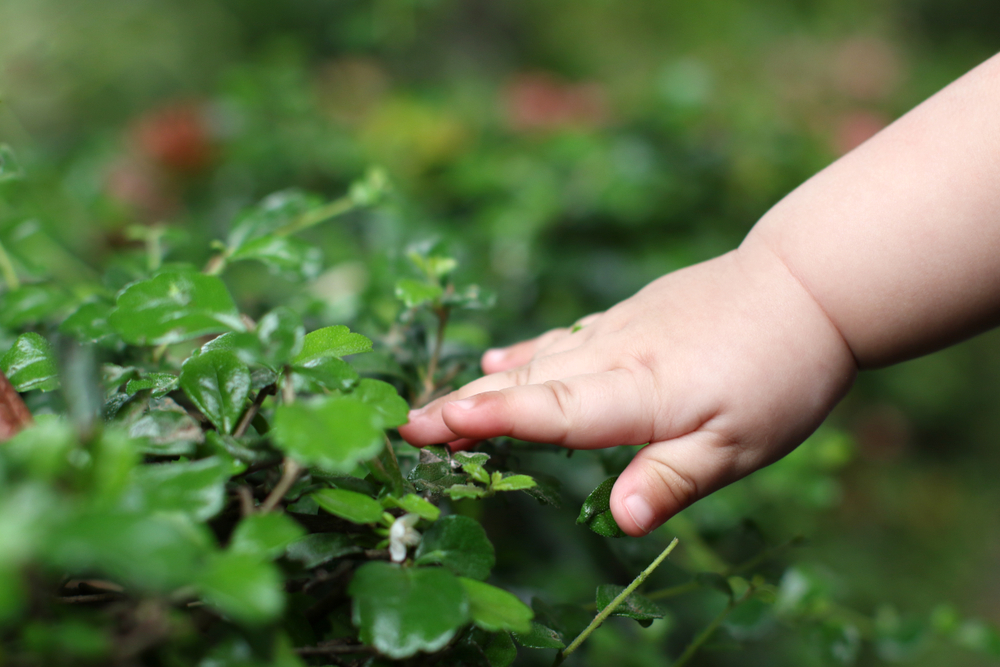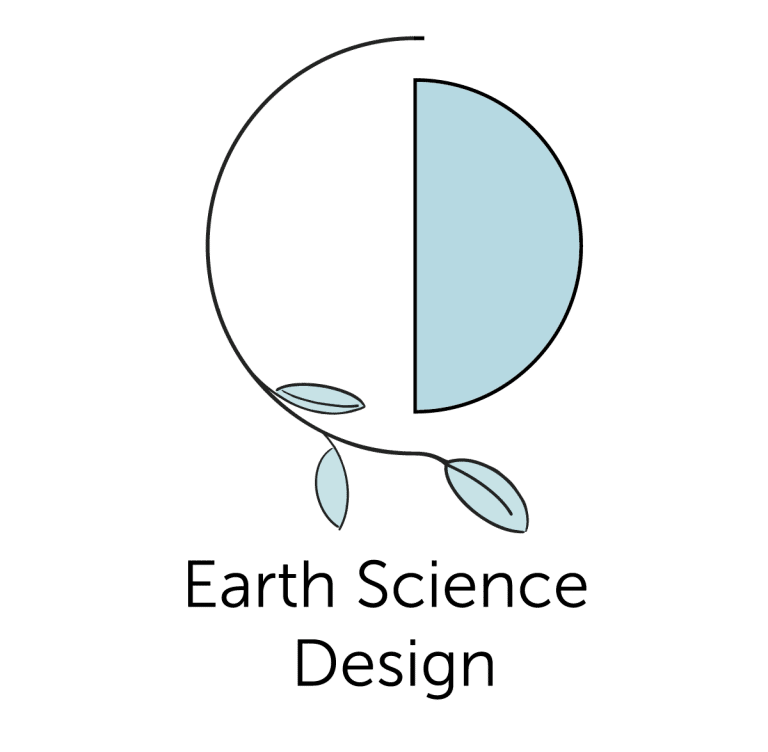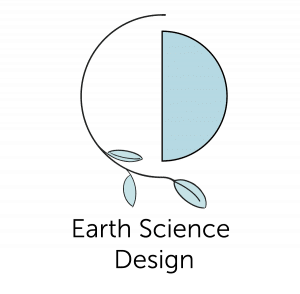
What Is Sensory Design?
Sensory design is design that takes into account the sensory experience of the people interacting with the design. Sensory design in architecture shifts beyond the traditionally visual definitions of architecture and interior design. It conceives of a space as having an impact beyond the visual.
In sensory design, the design of a space should affect all the senses. These impacts can have a positive effect that can help people feel more connected to the natural environment. They can also promote accessibility and comfort for people with special needs and influence people to make healthier choices.
Sensory Design and Special Needs
Sensory design is often applied in contexts where people have special needs involving the sensory impact of the environment. There are many ways the environment can affect people with special needs. Sensory design can be particularly helpful for children and adults who are on the autism spectrum or have ADHD.
For example, interior and exterior design can accommodate the needs of people who might be sensitive to light, sound, colors and textures. Some children or adults on the spectrum may be hypersensitive to sensory stimuli and others hyposensitive. Therefore some people might respond better to sensory stimulation and others might be calmed by sensory deprivation.
Sensory design is an approach to design that looks at the sensory inputs, such as light, sound, color and texture, and tunes the various sensory channels to the needs of people living in the space. This could involve, for example, creating play spaces with sensory inputs, or “quiet rooms” to take a break from sensory stimulation.
Sensory Design and Biophilic Design
Sensory design and biophilic design have a lot in common and they can be part of a strategy to live more mindfully in the natural and built environment. Biophilic design is design that promotes health and harmony with nature. Biomimicry may mimic the forms and the design present in nature, such as furniture made with natural curving forms or technology inspired by natural structures, like pigment-free paint.
Biophilic simply means “love of nature.” Biophilic design could incorporate plants and natural materials and disperse light through rooms in ways that promote a healthy circadian rhythm. In this way biophilic design may intersect with sensory design as spaces become more than containers to put things in, but true “living spaces” that are responsive to the needs of the people and animals who live there.
Sensory Design and Vegan Kitchen Design
Sensory design can also intersect with vegan kitchen design. Sensory design can be a form of responsive design that helps people develop new habits and interact with their environment in novel ways. It could be part of a strategy to design an intuitive vegan kitchen that makes vegan cooking easier, which might be especially useful if you are new to the vegan lifestyle. Vegan cooking tends to be preparation intensive. It can also be storage-heavy. Designing a vegan kitchen could be a compromise between accommodating the need for storage, accessibility and counter space, with a need to declutter the environment to avoid overstimulation. People with ADHD or ASD could thrive in a more orderly and minimal environment, or in an environment with compartmentalized spaces for prep (such as chef’s kitchens), color coded cabinets, and easily accessible storage.
Sensory Design Consultation
If you are considering a design project that is mindful of sensory inputs and environmentally conscious, it may be overwhelming to cover all the factors that could affect the design. You may think you have to compromise your needs or the project’s eco friendliness because you can’t find a path to your goal. However this does not have to be the case. Sensory design and green interior design can work for big and small spaces, and spaces with a multitude of limitations. Sensory design consultation and green interior design consultation familiarizes you with alternative paths to your goals that don’t rely on traditional design philosophies, materials and suppliers.
At Earth Science Design we work with people nationally and internationally to realize their design goals and visions. Our ten years of research into the science of design and green interior design means we can share knowledge, expertise and support that are not found by pursuing traditional design routes. We have offices in San Diego, CA, Brooklyn, NYC and Paris, France. We can work with you in person or remotely to achieve your design goals. Please contact us to see how we can help.

